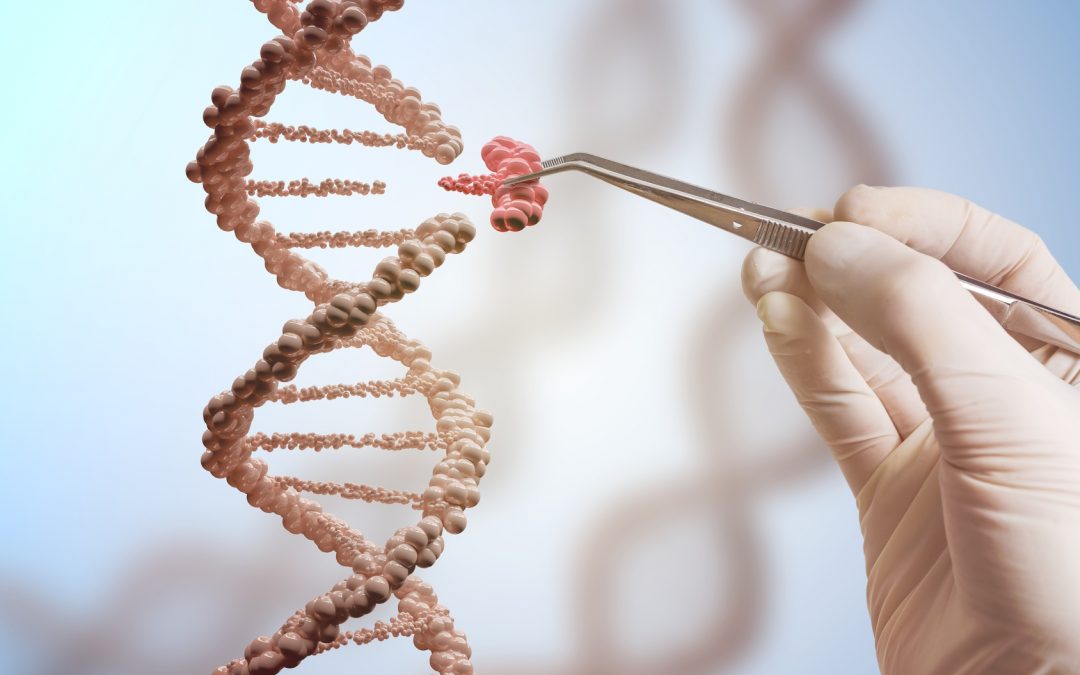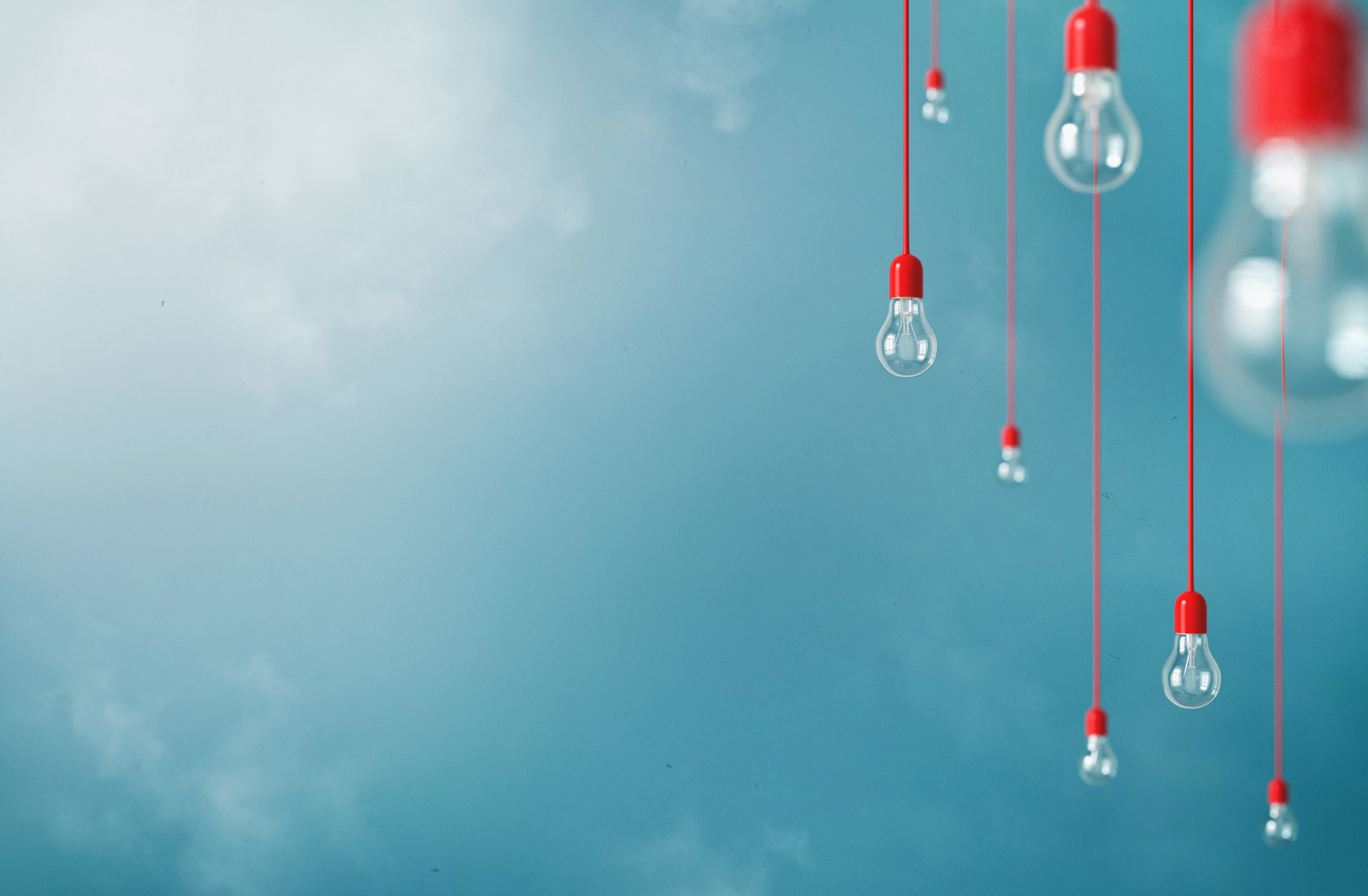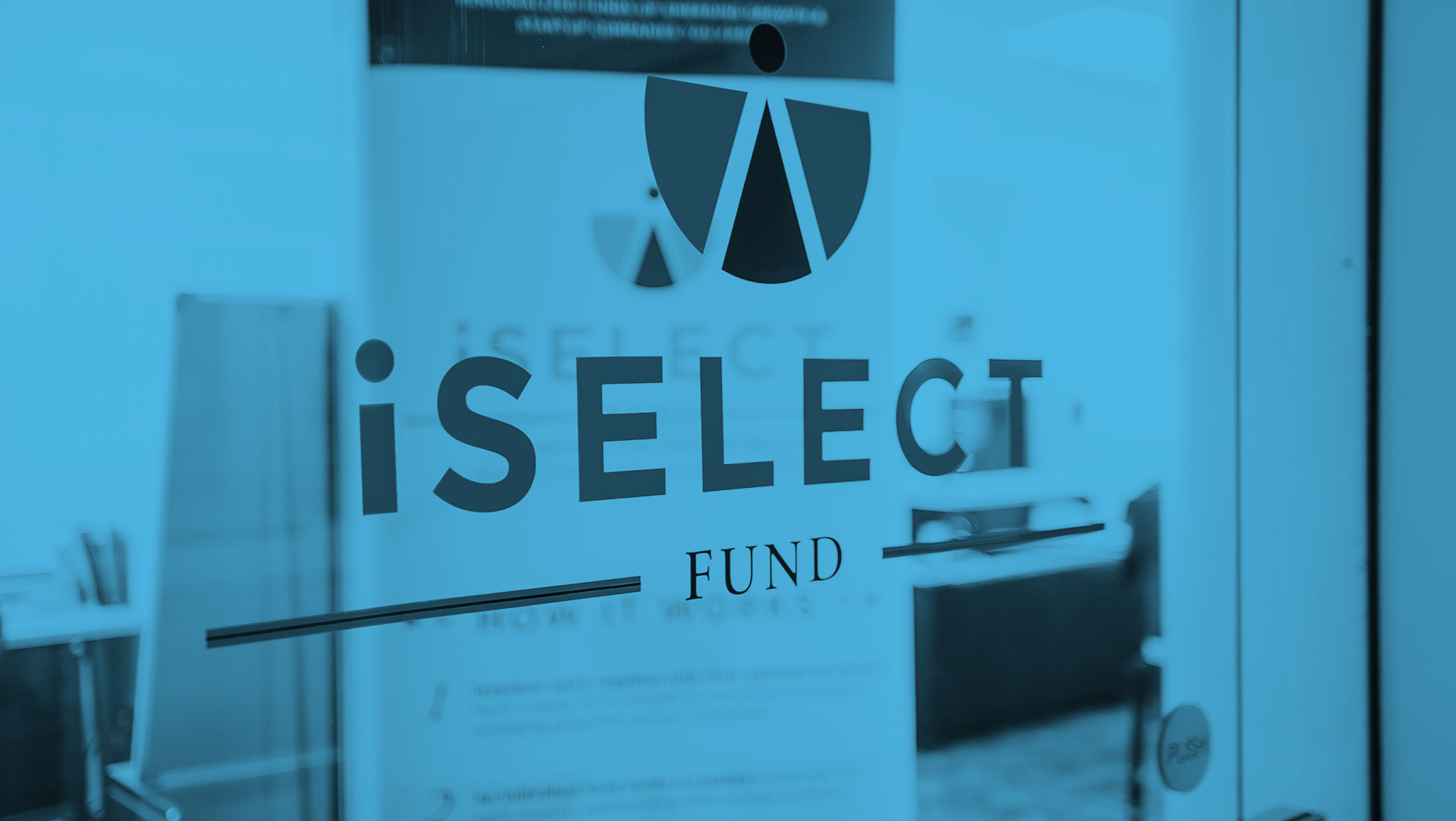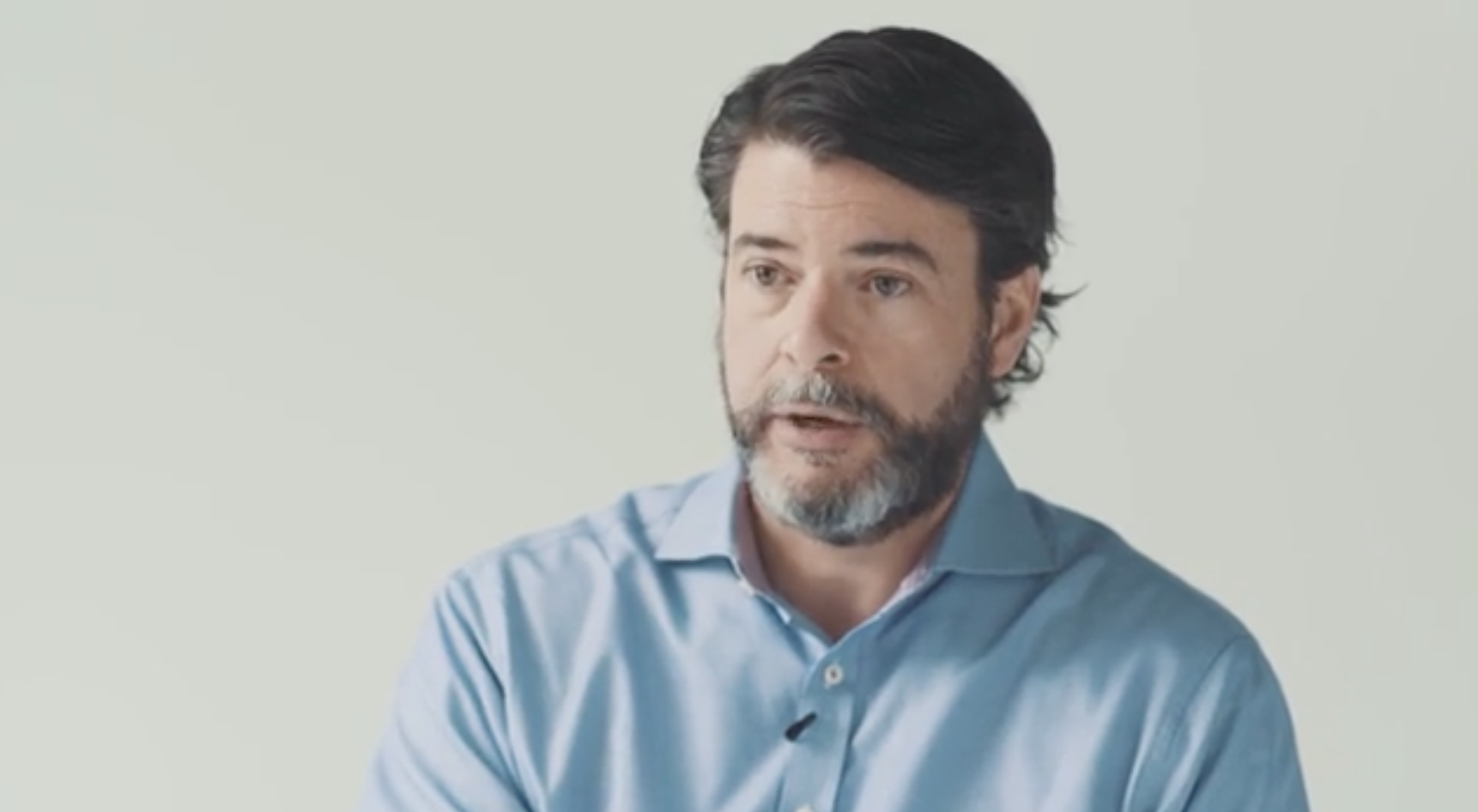I was in Phoenix recently meeting with some prospective investors. At the end of the dinner presentation, I sat with a table of younger investors and we started talking about genomics, CRISPR and 23andMe. Then the floodgates opened…
These young people not only are using 23andMe, they are working with “biohackers” that dig deeper into their bodies to help them balance out the “right” set of vitamins, drugs, probiotics, food, etc so that they can be at their healthiest. As they bounced around talking about hacks, I felt like a parent going through a teen’s web browsing history, discovering a world I didn’t know existed. It was sort of like when Todd Shannon and I blew a three-foot hole in his backyard in high school. It was pre-Internet, but we had figured out how to make gunpowder. Todd’s parents shut us down quick. That was so 1984. Today?
“Hey kids what are you doing?” “Nothing Dad, just editing our genes.”
Biohacking is more than a thing. This is real. Huh…
I tucked away my biohack conversation until last Monday. Venture capital is about tucking things away in your brain until the planets align. It was Monday when I first heard about a genomics service that is helping doctors plot out immunotherapy treatments. Sounds like a big B2B consulting opportunity, but will it go the way of declining margins like radiologists on demand? Might my friends in Phoenix be B2C customers who might help the venture grow faster? Is consumer biohacking a market? Are we short of product market fit?
What happened next knocked me askew. A younger participant in the meeting volunteered this piece of information: “My buddy and his girlfriend did 23andMe to test their genetic match. They are worried about genetic defects in their potential children.” Really? This is happening now? So now I’m asking everyone I meet about biohacking.
What did I hear?
- “We can achieve social justice with CRISPR.”
- “Of course I would pick a partner based on genetic testing.”
- “It’s wrong to propagate a genetic defect.”
- “If I modify my genes with CRISPR, will it fix my eyesight?”
If you are 30 or younger, biohacking is a product. Minimal, but viable. Soon I expect to see Tinder partnering with 23andMe: swipe right, get smart kids; swipe left, get kids with six toes.
STEM picks the perfect partner for you.
I am always eager to get my wife’s feedback on these emails. She is a connoisseur of Chuck Lorre’s vanity cards, which are Easter eggs he inserts at the end of each of his TV episodes. I aspire to match Lorre’s quirky humor. Maybe if I had a genetic marker for writing instead of dyslexia. So, will she gene test me? Swipe right? Is courtship a feature or a bug? Will hooking up mean connecting your genetic data API? Maybe soon we will CRISPR our relationships to perfection in a souped up Orgasmatron.
We are on the front side of dramatic discoveries in gene treatment, microbiome, curing cancer, understanding food’s impact on health, and curing diseases like Alzheimer’s. It really is a Brave New World. A day in our life at iSelect. I am not advocating a position here, just making an observation.
Here is what I am reading this week to understand the dimensions of biohacking:
- The Gene: An Intimate History: A comprehensive history and science of the gene
- Did You Have A Genetic Test? Analyze Your Raw Data At Home!: Biohacking add-ons to 23andMe
- How one woman built her own artificial pancreas and started a DIY movement: Can entrepreneurs biohack breakthroughs faster than institutions?
- Orwell, Huxley and the Emerging Totalitarianism: Science and technology, a path to dystopia?
- Birth Control Pill Affects Women’s Taste in Men: An uncertain thesis, but do we really know everything? Maybe imperfect mates are key to genetic diversity.
- Malicious code written into DNA infects the computer that reads it: Do we need a firewall for our DNA?
- “The Sneetches” by Dr. Seuss: Are you a star belly sneech?
Other things I learned this week:
- Lepidopterist: A person who studies or collects butterflies and moths
- Exo – Cricket Protein: Bag of Bugs is closer than we think
- Top 11 bug recipes: High protein, low fat and cheap to produce
Let me know if you read something I’d like, or if there are other sources I should add to my weekly reading.





